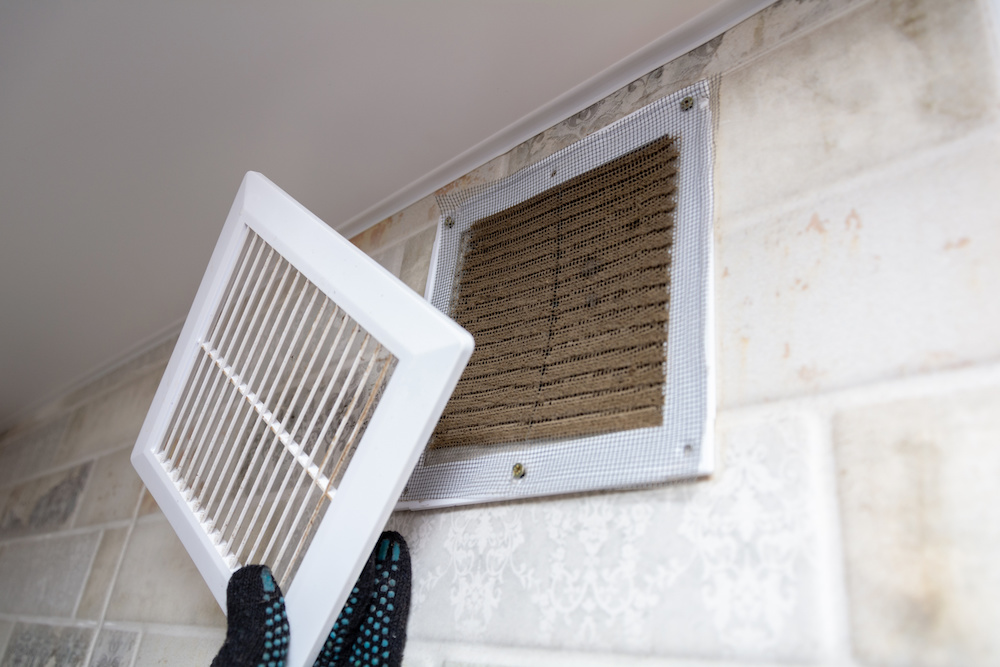 The Covid-19 pandemic ushered in a new era of home design as work from home ordinances and quarantine restrictions highlighted the need for more functional and comfortable indoor spaces. Most of all, health-conscious lifestyle changes prompted many homeowners to make wellness a key priority when selecting products and design features to incorporate into their living areas, but embarking on a healthy home makeover is easier said than done.
The Covid-19 pandemic ushered in a new era of home design as work from home ordinances and quarantine restrictions highlighted the need for more functional and comfortable indoor spaces. Most of all, health-conscious lifestyle changes prompted many homeowners to make wellness a key priority when selecting products and design features to incorporate into their living areas, but embarking on a healthy home makeover is easier said than done.
Roughly 40 percent of all asthma episodes in the U.S. are caused by housing-based triggers, amounting to a staggering $5 billion lost annually in preventable medical costs, according to the Green & Healthy Homes 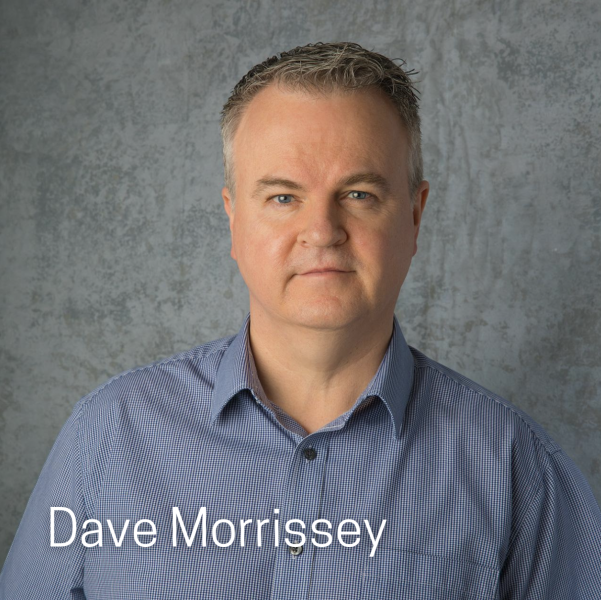 Initiative. The asthma & allergy friendly Certification Program by Allergy Standards seeks to change that by offering comprehensive testing for building materials and everyday home products.
Initiative. The asthma & allergy friendly Certification Program by Allergy Standards seeks to change that by offering comprehensive testing for building materials and everyday home products.
Dr. John McKeon, CEO, and Dave Morrissey, CIO, are taking a whole-house approach to residential health standards through their certification process and user-friendly product database. From HVAC systems and insulation behind the scenes to safe and stylish bedding and paint options, Allergy Standards is forging a path toward healthy living by giving homeowners reliable alternatives and peace of mind post-pandemic.
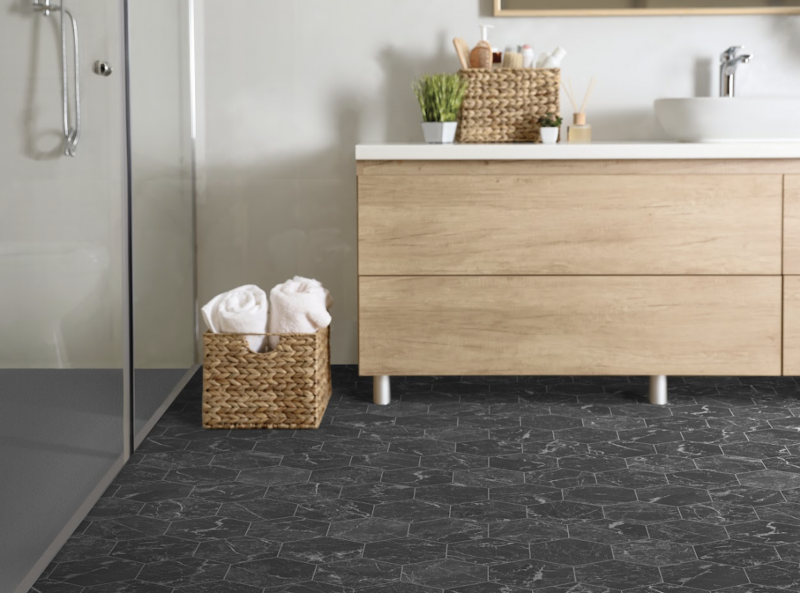
Products certified by Allergy Standards are hypoallergenic and free of harmful VOCs
Dr. McKeon, how did Allergy Standards get started and what does is mean to be certified by your organization?
Dr. McKeon: I'm an ER doctor by training, and I founded the company Allergy Standards after seeing an influx of parents of kids with asthma and allergies and coming in and asking, “Is there anything I can do as a mom to improve my home environments and avoid coming into the emergency rooms, over relying on inhalers and medication?” And I would say to them, there are lots of things you can do. Have you considered your home environments, and trigger factors in your home environments? Do you know what you're allergic to? What strategies are you using to avoid that?
Most people spend 80% of their time indoors, and indoor air quality can be over four to five times more polluted than outdoor air. So, in terms of solutions, we tell them about VOCs, and what paint, vacuum cleaners, or textiles to buy, but ultimately, we wanted to find a way to reduce confusion and noise in the marketplace, so we developed a certification program. Our certification is a meaningful, scientific standard ensuring that the products that we send to our laboratories are being tested. So the product will keep its promise. Architects and construction professionals will come to us and say, “One of my clients wants me to build a really healthy home, so I need to choose the paint.” They can go to our architecture and design databases, and they can look at tested products, and know with certainty what building materials to use.
Tell me about the range of products that you certify. How is the entire home system affected by allergens and other health concerns?
Dr. McKeon: We start with textiles, including bedding, pillows, casements, mattresses, and mattress covers. On a good night, you can spend up to eight hours in bed, so that means more exposure to potential mite allergens or other allergens that can be found in bedding. We reduce that risk first and then we move into vacuuming and floor cleaners, onto paint with Benjamin Moore, and certified floor coverings as well. Even outside of the home, air filtration is important when you step into the car. Volvo just certified their air filters, showing that certification and testing is expanding.
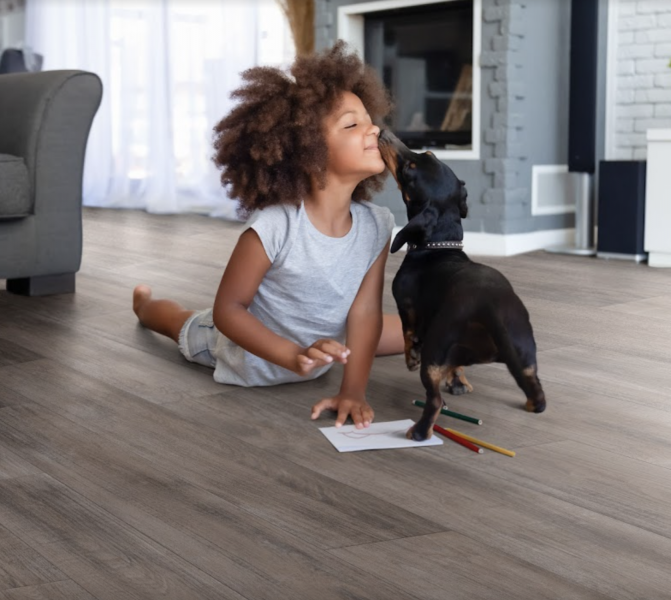
Flooring products like Tarkett's FiberFloor TruTEX Collection resist mold, mildew, and moisture staining for a healthy home from the ground up
There are a lot of decisions at play when building and designing a healthy home or space. Where can contractors start? Can you outline the process from start to finish?
Dave Morrisey: The main hub of information lies in our various databases, and we use two of the biggest aggregator tools in the industry for architects and specifiers to look for products that are sustainable, as well as healthier. When builders go looking for a paint, floor covering, or installation, they can filter by specific criteria to find results centered around a common concern. That system is open to consumers as well, so somebody building a home with family members impacted by asthma can easily look for safe products. More frequently than ever, homeowners and architects alike are using Google to seek out healthy alternatives, and our system makes that information easily accessible.
Dr. McKeon: Obviously, we work with our client companies, but all around, the observer is the spreadsheet. Consumers can see specifically how products have been tested. For instance, this is the formaldehyde emission, this is the acid emission, and these are the ASTM performance characteristics.
How do allergy-free products hold up against environmental variables, from changing seasons to the introduction of a new pet into the home?
Dr. McKeon: We can’t make definitive guarantees. I always tell the joke about when a patient goes to an allergist who tells them to change their pets. Instead, most people change their allergist. No one wants to get rid of their pets. As an alternative, we'll make our claims about the environment you live in. The house is an integrated building system. It's about ventilation. It's about your coatings, furniture, and your textiles. What we're saying is that these products have been designed to help you achieve your best environment. It's up to you then to decide how to actually live in your home.
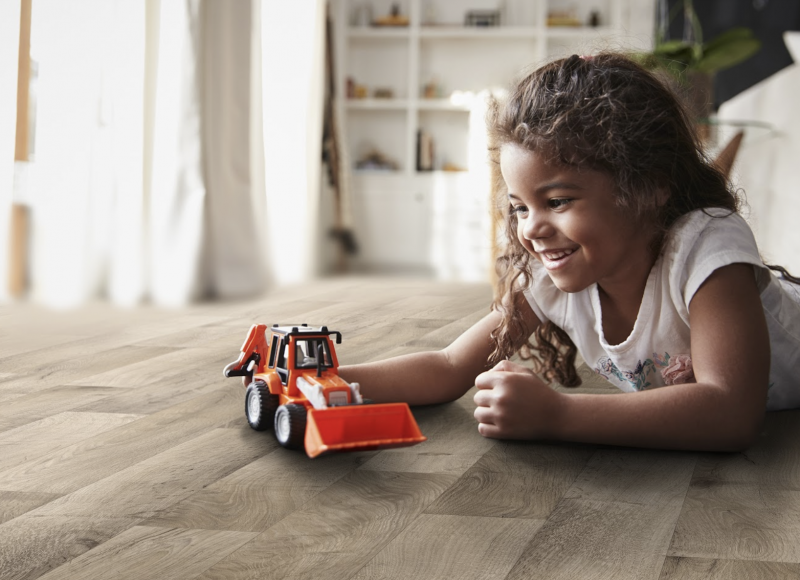
Home products approved by Allergy Standards keep homeowners safe and healthy by reducing indoor triggers
What variables and challenges should remodelers and builders consider when switching from traditional materials to healthy products?
Dr. McKeon: First of all, a lot of voluntary certification standards like us have actually raised building codes, and building codes are the minimum safety requirements if you're going to good design professionals who are going to build your house to code. Really credible architects and building professionals want to go way beyond the minimum health and safety requirements, and now they're into health and wellness and sustainability.
Best of all, most of the construction materials we test aren’t particularly more expensive than traditional products because of the payback over time. What I would say to people designing homes is, what's the return on investment on the health of your home? You may say, well, we're going to build a house, maybe with slightly more expensive materials, but you're going to be healthy when you live in that house. Think not just of the materials prices, but of the payback from all your kids being healthy. We try to move the conversation beyond just line items and product sales to say, let's think about how you're going to live in the next 20 years.
What are some of the major consumer trends that you've noticed post-COVID? What are homeowners most concerned about?
Dr. McKeon: I think COVID has made the invisible visible, making more people take health and wellness seriously when designing their homes. The pandemic has made everyone far more aware of how their home environment can make them sick. I think that you're much more likely to have healthy buildings and an emphasis on healthy living. Price will become less of an issue and quality will move to the forefront.
